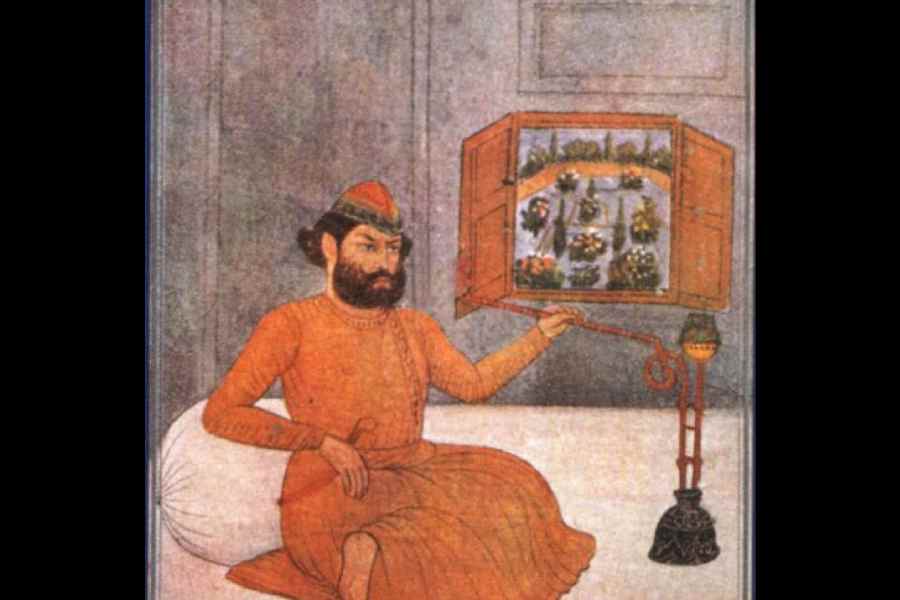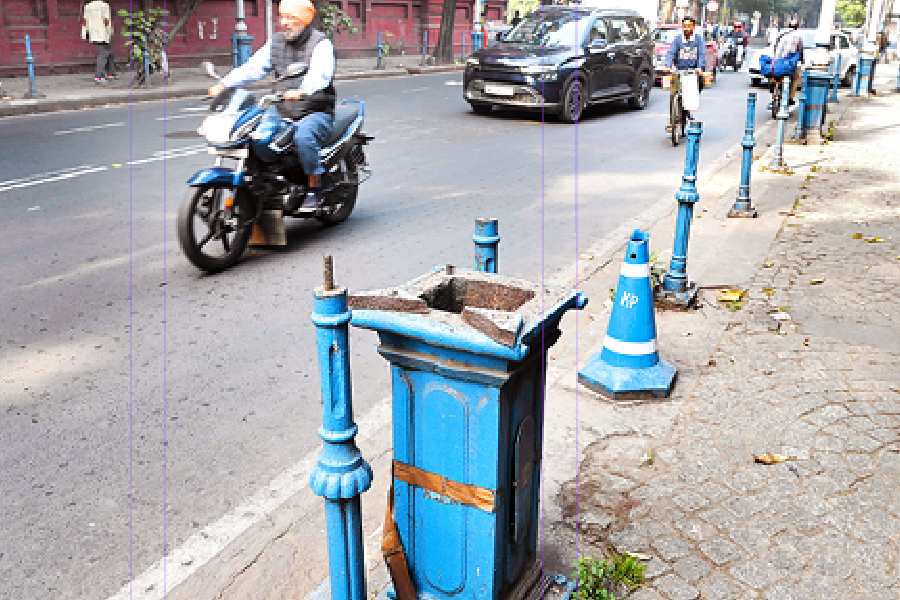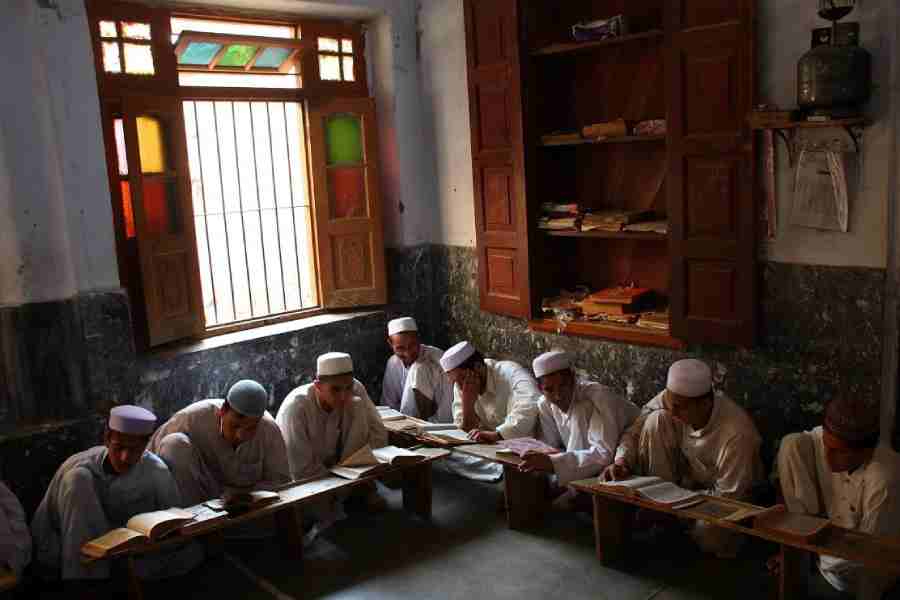The great Urdu poet of the eighteenth century, Mir Muhammad Taqi Mir, was born in February in Agra in 1723/24. He was so accomplished that he was known as Khuda-i Sukhan (the god of poetry). He is often regarded as the greatest Urdu poet of all time.
Mir’s father, Ali Muttaqi, died while Mir was barely in his teens, leaving him with some debt. Receiving no support from his older half-brother, he went to Delhi to earn a living. In Delhi, the nobleman, Amir ul-Umara Shams ud-Daula, gave him monetary support, which allowed him to not only repay his debt but also continue his studies in Akbarabad. Unfortunately, his benefactor died in 1739 and the financial support dried up, forcing Mir to abandon his studies and travel, once again, to Delhi in search of work.
Mir was writing at a time when Urdu, as we know the language today, was still evolving. In the course of its journey, it acquired many names. Hindi was its longest surviving name, and Mir called his poetry Hindi poetry. This Hindi was different from modern Hindi, a political phenomenon that ultimately got recognition in the Constitution of India, along with English, as the official language of the Union. Urdu was never used as the name of a language before 1775 and did not find currency until 1857.
Mir achieved great literary success between 1741 and 1782. His first divan was composed in the early 1750s and the first draft of his autobiography, Zikr-i Mir, in Persian in 1773 — it has the distinction of being the first autobiography by an Urdu poet in Persian. The Anjuman Taraqqi Urdu (Hind) published it in book form in 1928. It was edited, and somewhat distorted, by Abdul Haq, the then secretary of the Anjuman, to appease religious bigots. The Anjuman is now in the process of publishing its complete translation in Urdu to commemorate Mir’s birth centenary.
Mir’s life and, consequently, his mind were riddled with turbulence. In 1782, he was forced to go to Lucknow to seek patronage from Asaf ud-Daula (r. 1775–97). He loved Delhi, as his famous ghazal makes clear: "Dilli ke na the kooche auraq-i musavvar the/ jo shakl nazar aaee, tasveer nazar aaee" (Delhi’s streets were more like illustrated pages/ Every figure was as pretty as a picture).
In Lucknow, he bemoaned having to live a superficial life and speak the contrived language of the Lucknow elite. He was asked, ‘Where is the land of huzoor?’ in mockery of his old-fashioned dress and bearing, to which he responded with this poignant qat, two lines of which are noted below.
“Dilli jo ek shehr tha aalam mein intekhaab hum rehne vaale hain usi ujre dyaar ke" (Delhi was a chosen city of the world. I belong to the same desolate city)
Mir composed many more divans between 1785 and 1808. He died in Lucknow in 1810 and was buried in Akhada Bhim, where his grave lies untraceable, with a railway track built over it. His life was not easy; and he was not left undisturbed even in death: “Mujh ko sha'ir na kaho mir ke saahab/ main ne dard-o gham kitne keeye jama to deevaan kiya" (Don’t call Mir a poet, dear sir,/ Because he collected many a pain and grief to compile his poetry collection.)










